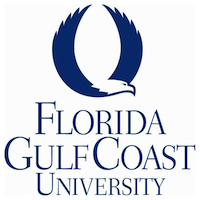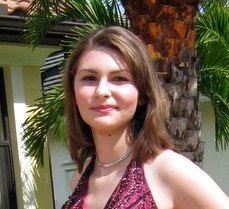Below is a summary of the abstract you submitted. Presenting author(s) is shown in bold.
If any changes need to be made, you can modify the abstract or change the authors.
You can also download a .docx version of this abstract.
If there are any problems, please email Dan at dar78@pitt.edu and he'll take care of them!
This abstract was last modified on May 5, 2017 at 2:56 p.m..

Florida Gulf Coast University students isolated fifteen phage using the host Gordonia terrae 3612. Of the three phage that were sequenced, two, DatBoi and Mollymur, are cluster DL siphoviridae and one, Skog, a cluster DO myoviridae. Skog is particularly interesting since it has the longest genome of all the sequenced G. terrae phage (152,435 bp). We compared our phage genomes to their closest relatives, Pupper and SCentae from cluster DO, found by the University of Pittsburgh, and Bantam from cluster DL, found by University of Wisconsin-River Falls, as well as other more distantly related phage. We analyzed the genomes from all G. terrae phage to look for the absence of 6 bp restriction sites. We failed to find any single restriction sites that were missing from all G. terrae phage genomes, suggesting that G. terrae may not have an active restriction enzyme defense system. This may help explain why G. terrae phage are so diverse. To investigate the mosaic nature of phage genomes, a phylogenetic analysis of capsid and immunity repressor genes from all G. terrae phage revealed that individual genes do not always evolve similarly, but show evidence of horizontal gene transfer. We discovered that genes with high ratios of amino acid change, quantified by the nonsynonymous to synonymous ratio (Ka/Ks), across the genomes of DL phage Mollymur, DatBoi, and Bantam occurred in clusters towards the 3’ end of the genome. The majority of genes with high Ka/Ks values were DNA binding proteins, suggesting that transcriptional regulation might be under strong evolutionary selective pressure. To study lysogeny in our new DL phage, we identified several potential attP sites upstream of the tyrosine integrase gene. However, further inspection of the G. terrae host genome did not reveal any corresponding attB sites. Based on a recent paper describing communication systems in temperate Bacillus phage, we identified possible communication peptides within lytic as well as temperate phage that infect G. terrae and other Actinobacteria hosts. Overall, we found that Southwest Florida has an abundance of G. terrae phage with diverse and interesting genomic properties.


